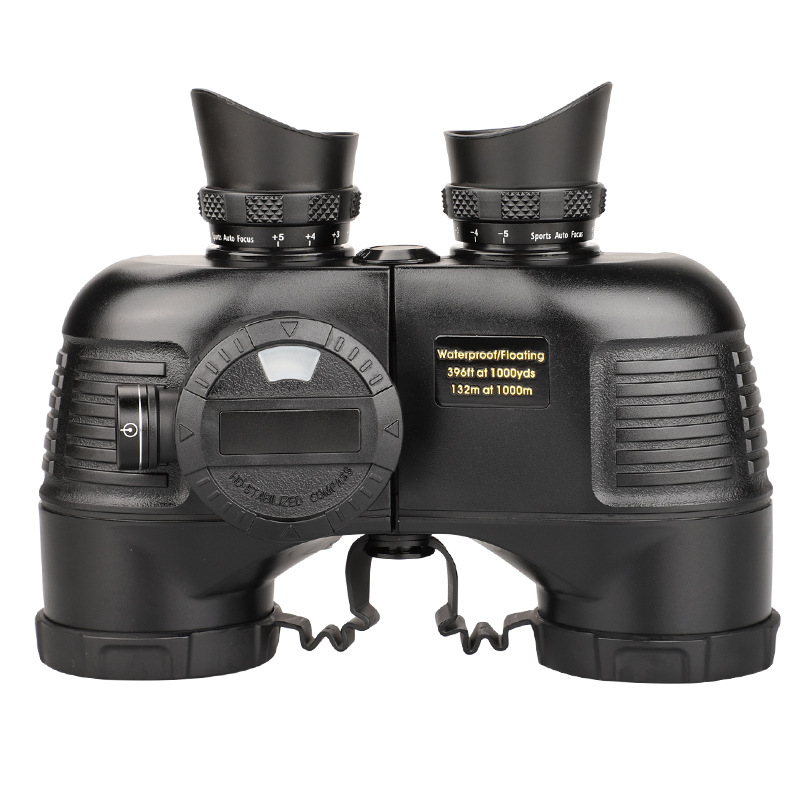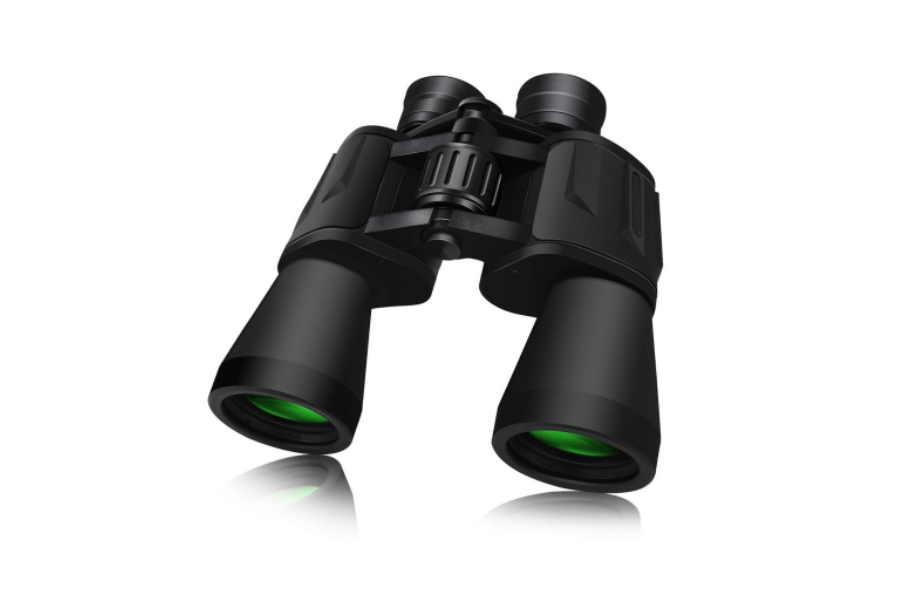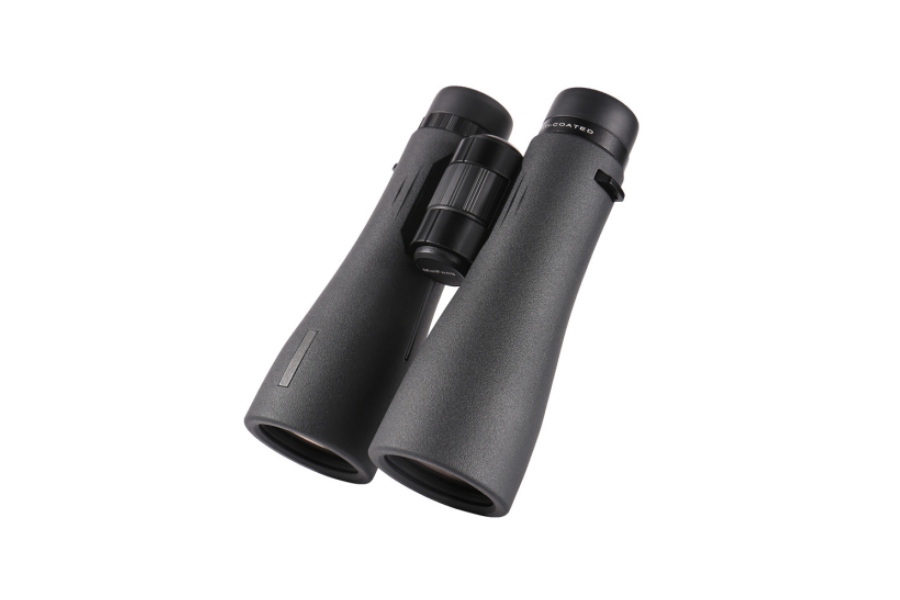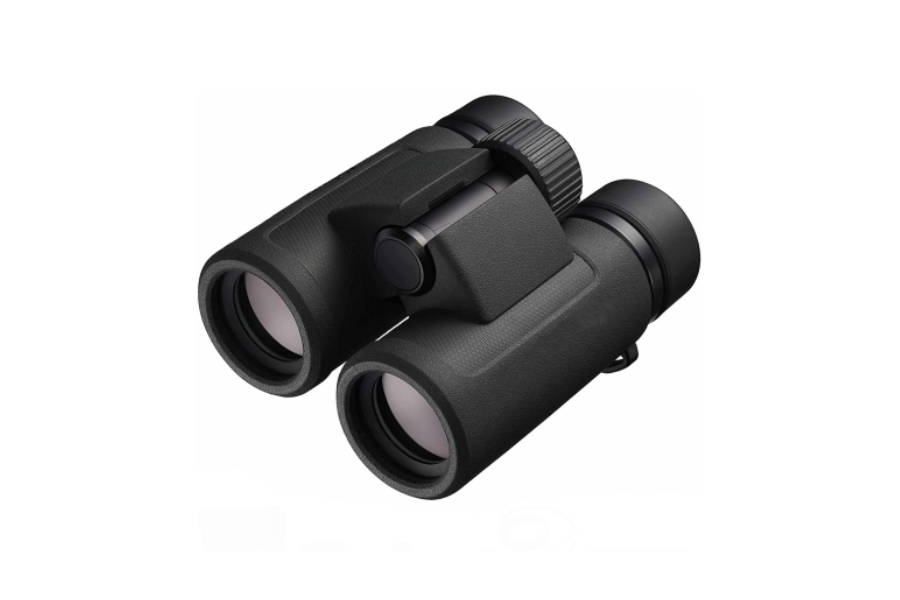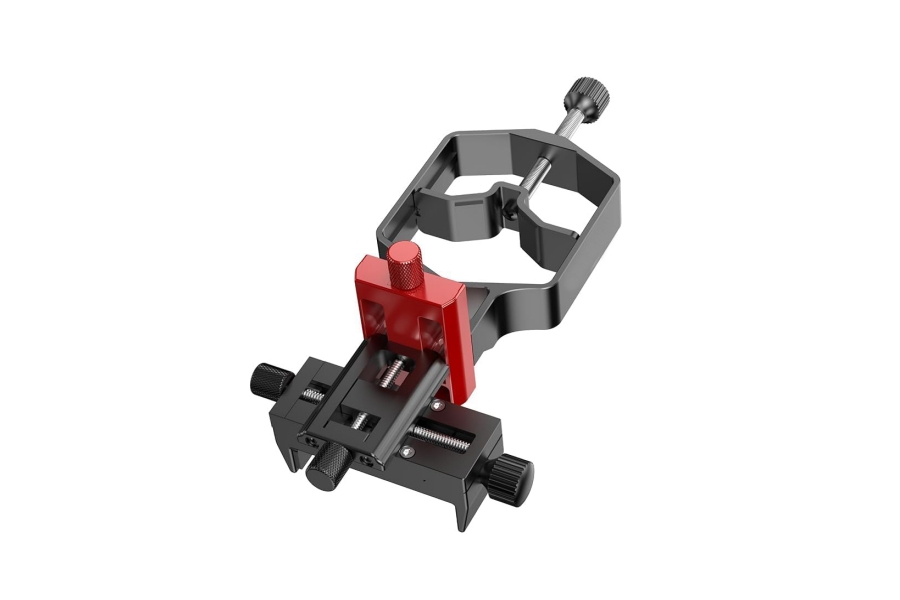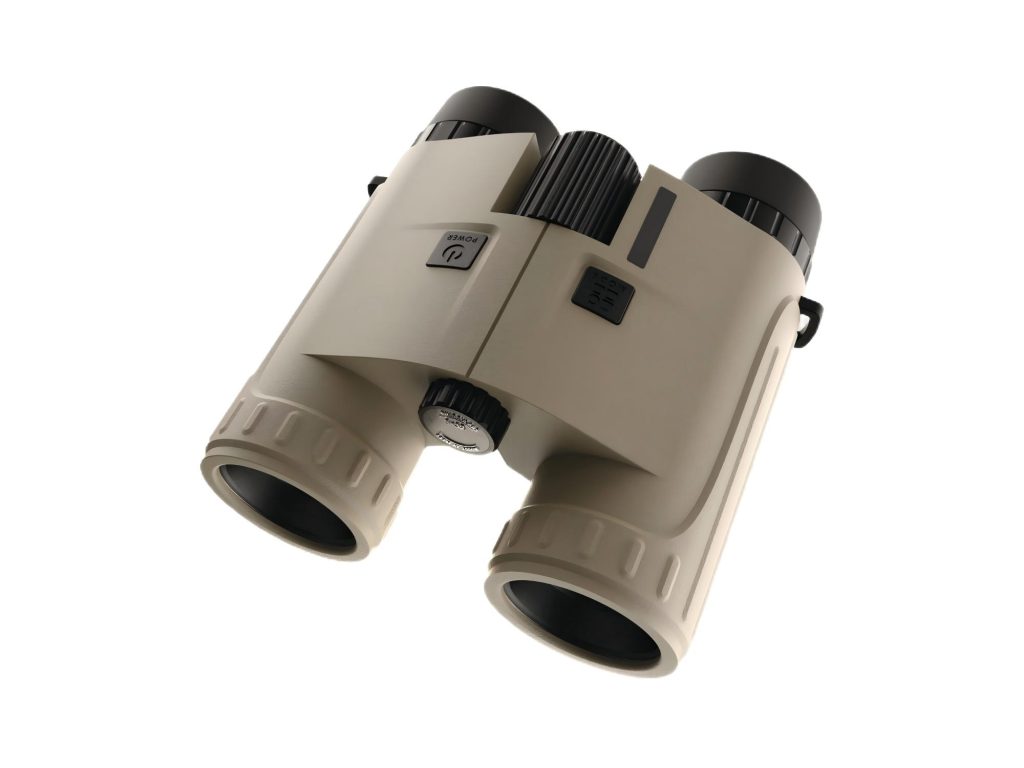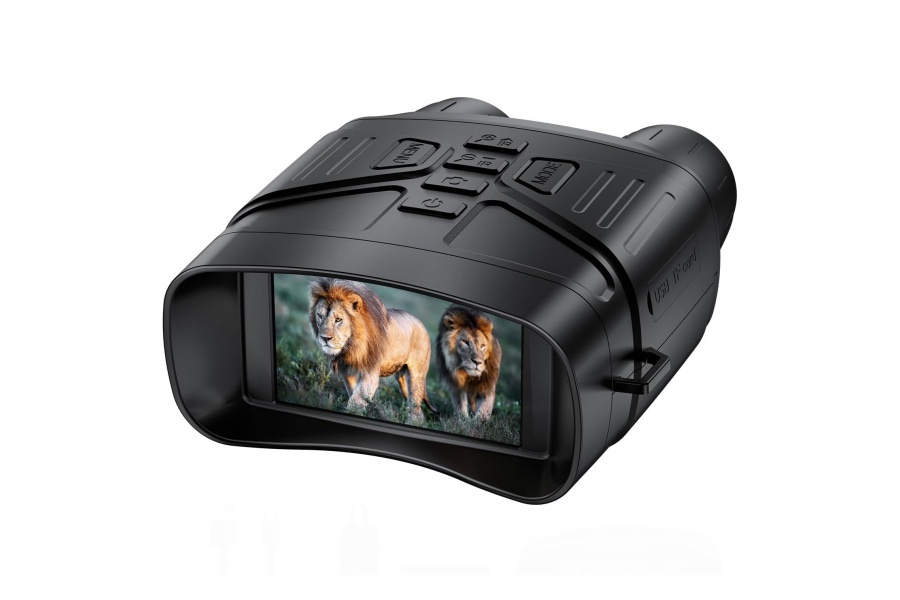Bird watching is a hobby for nature lovers all over the world. It enables observers to establish a quiet connection with wild birds. To observe the colorful feathers, delicate patterns and unique habits of birds more precisely, you need a reliable pair of binoculars. However, the dazzling array of binoculars available on the market may leave you dazzled. This article will gradually introduce the basic functions of binoculars to you, helping you select binoculars that can truly enhance your field observation experience.
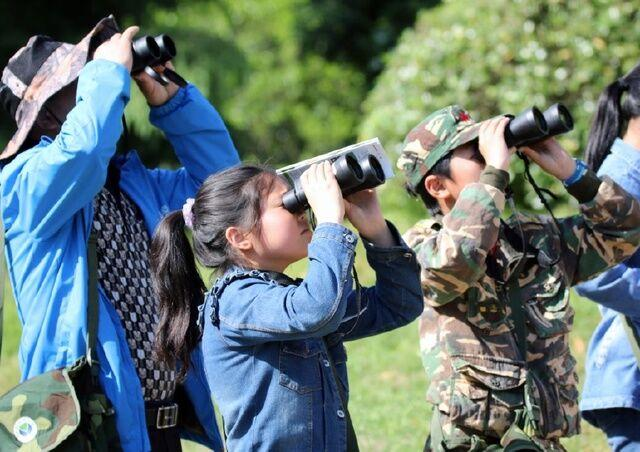
What are Binoculars?
Binoculars are optical instruments designed to magnify distant objects, bringing them closer to the viewer’s eye. The design simply places two small, rigidly aligned telescopes next to one another, so that each barrel points at the same distant target; thus a user can open both eyes without muscular strain. Because the paired lenses cooperate, the combined stereoscopic picture delivers natural depth and relief, speeding bird identification and clarifying subtle feather patterns, poses, and motions usually lost through a single tube.
How to Choose the Best Binoculars for Birdwatching?
Selecting the ideal binoculars for birdwatching involves considering several crucial factors. Here’s a breakdown of the most important features:
Magnification
Magnification refers to how much closer the object appears through the binoculars. It’s expressed as the first number in a binocular specification (e.g., 8×42).
For birdwatching, magnifications between 7x and 10x are generally recommended. 7x binoculars offer a wider field of view and are more stable in the hand, making them good for beginners. 10x binoculars provide a closer view, ideal for observing distant birds, but can be more challenging to hold steady. Higher magnifications (12x or more) are generally less suitable for birdwatching due to their narrower field of view and increased difficulty in maintaining a stable image.
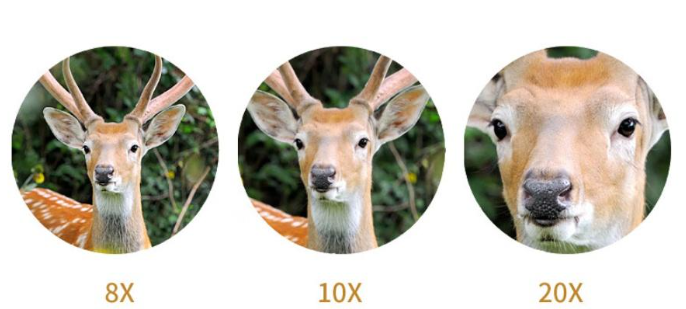
Objective Lens Diameter
The diameter of the objective lens is the second number in the description of binoculars (for example, 8×42), which refers to the size of the front lens of the binoculars. The larger the objective lens is, the greater the amount of concentrated light will be, and accordingly, a brighter image will be produced, especially in dim light.
For birdwatching, objective lens sizes from 30mm to 50mm are standard. 42mm is a very common one with a good balance between light collection and portability. The smaller objective lenses are lighter and more mobile, but will perform less well in poor light.
Prism System
Binoculars use prisms to invert the image and to shorten the overall length of the instrument. There are two main prism configurations: Porro prisms and Roof prisms. Porro prisms are the older of the two, resulting in a wider, bulkier binocular design. They are generally good for image quality and are sometimes cheaper. Roof prisms are thinner and more aerodynamic, but potentially expensive. Either will be fine for birding, but Roof prisms are especially handy for carrying around.
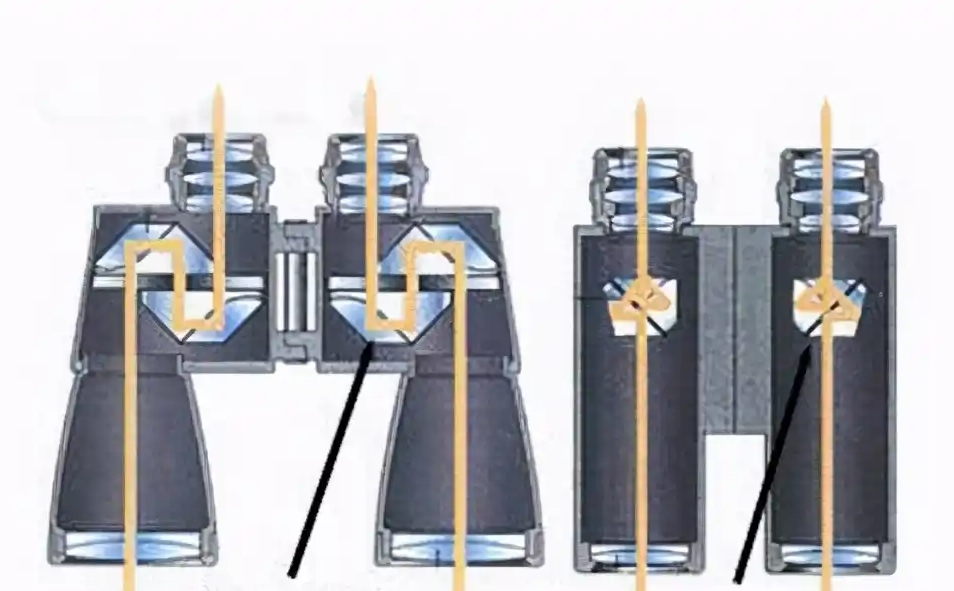
Coatings and Glass Quality
The image quality is greatly affected by the quality of glass utilized in the prisms and lenses as well as by the applied coatings. Glass and coatings of high quality may increase the transmission of light, minimize glare, and maximize color accuracy. Opt for binoculars with fully multi-coated lenses and prisms since this signifies multiple layers of coatings being used on all air-to-glass surfaces.
Focusing
Smooth, precise focusing is essential for quick and easy focusing of birds. Consider the focus mechanism: center focus or individual focus. Center focus is the most common kind, where you can focus both barrels simultaneously with a central knob. Individual focus adjusts each eyepiece individually, which is useful for people with different vision in each eye but less convenient for quick focus on skittish birds.
Portability and Durability:
A lot of birdwatching is done in the field, so portability and durability are issues that need to be considered. Choose binoculars that are comfortable to hold and carry, and that will stand the field use. Rubber armoring to protect the binoculars and fog-proof or waterproofing for wet weather are attributes to look for.
Budget
Binoculars are available at a wide range of prices. While high-end models offer superior optics and build quality, there are also many excellent options available at more affordable prices. Determine your budget and prioritize the features that are most important to you.
Best Binocular Brands for Birdwatching
Several brands are renowned for producing high-quality binoculars suitable for birdwatching. Here are a few notable examples:
FORESEEN OPTICS
FORESEEN OPTICS provides a range of binoculars to accommodate every birdwatcher, from beginner to master, in a reputation for quality and value. Their commitment to solid design and rugged optics makes them a very appealing choice.
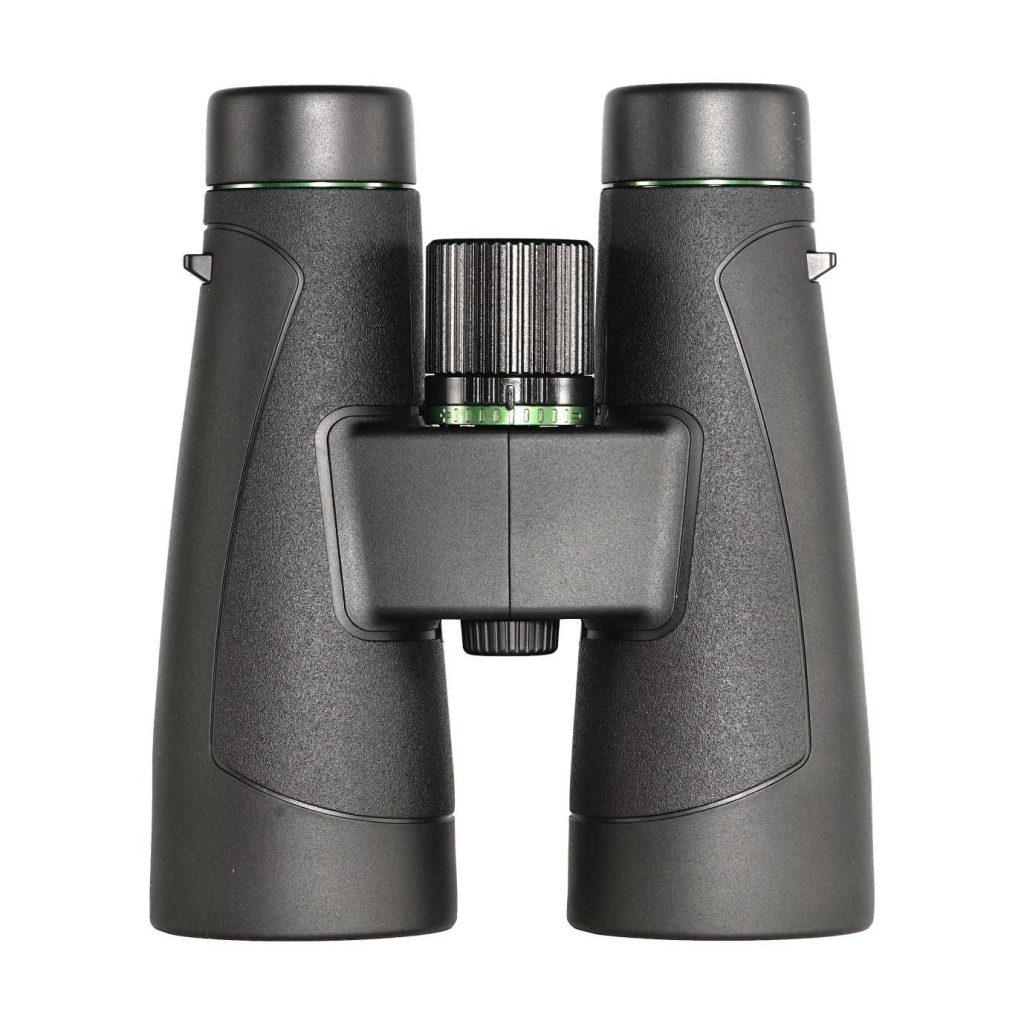
Swarovski
Swarovski is a premium brand known for its exceptional optical quality, innovative designs, and robust build. Their binoculars are a favorite among serious birdwatchers.
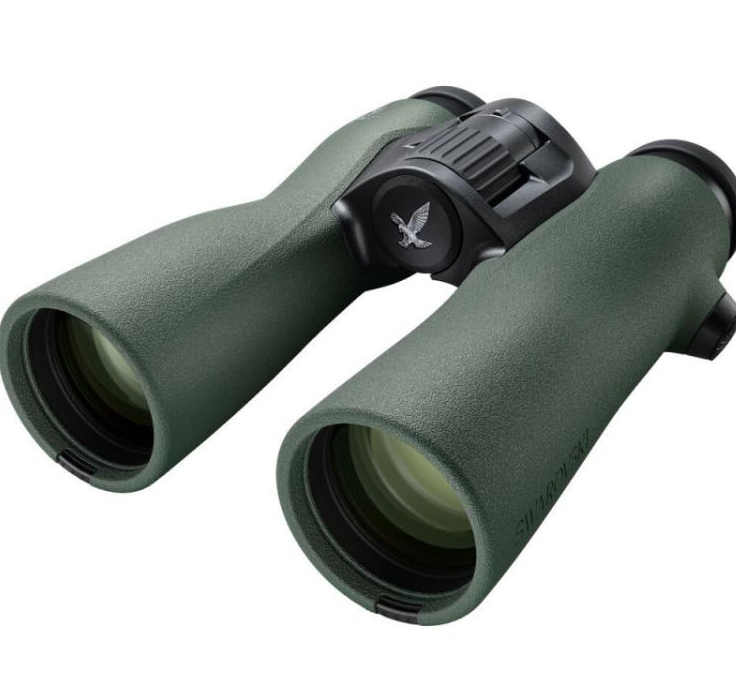
Zeiss
Another top-tier brand, Zeiss offers binoculars with outstanding image clarity, color reproduction, and ergonomic designs. They are highly regarded for their precision engineering.
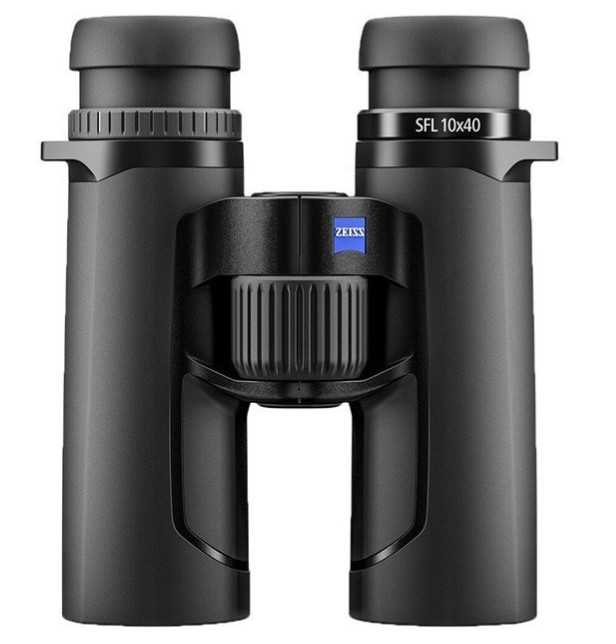
Kowa
Kowa binoculars are known for their bright, sharp images and comfortable handling. They offer a range of models suitable for various budgets.
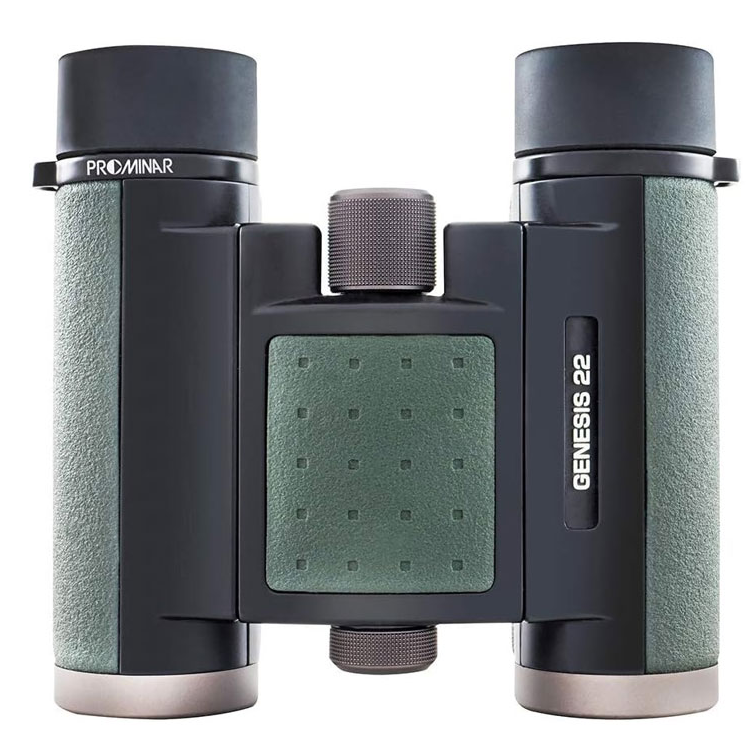
Leica
Leica binoculars are renowned for their exceptional optical performance, ruggedness, and elegant designs. They are a premium choice for discerning birdwatchers.
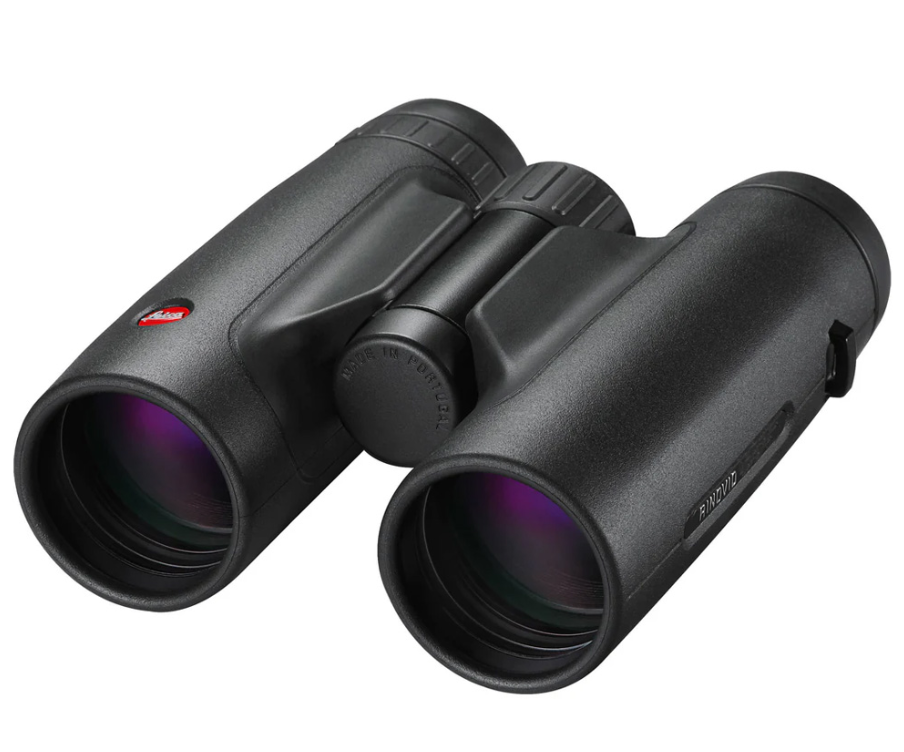
Bushnell
Bushnell offers a wide range of binoculars at various price points, including some excellent options for beginners and casual birdwatchers.
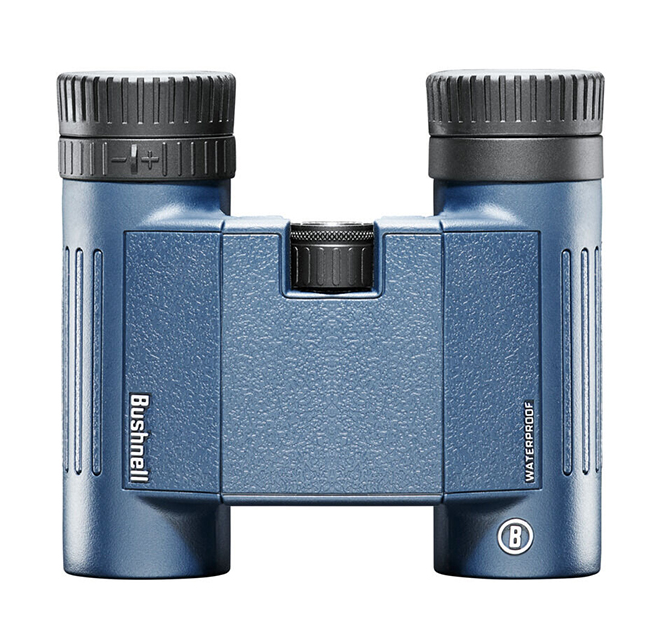
Pentax
Pentax binoculars are known for their quality optics and durable construction, often at competitive prices.
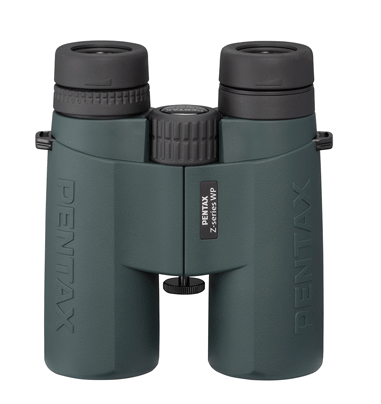
Vortex
Vortex binoculars are popular for their excellent value, offering good optical performance and a lifetime warranty.
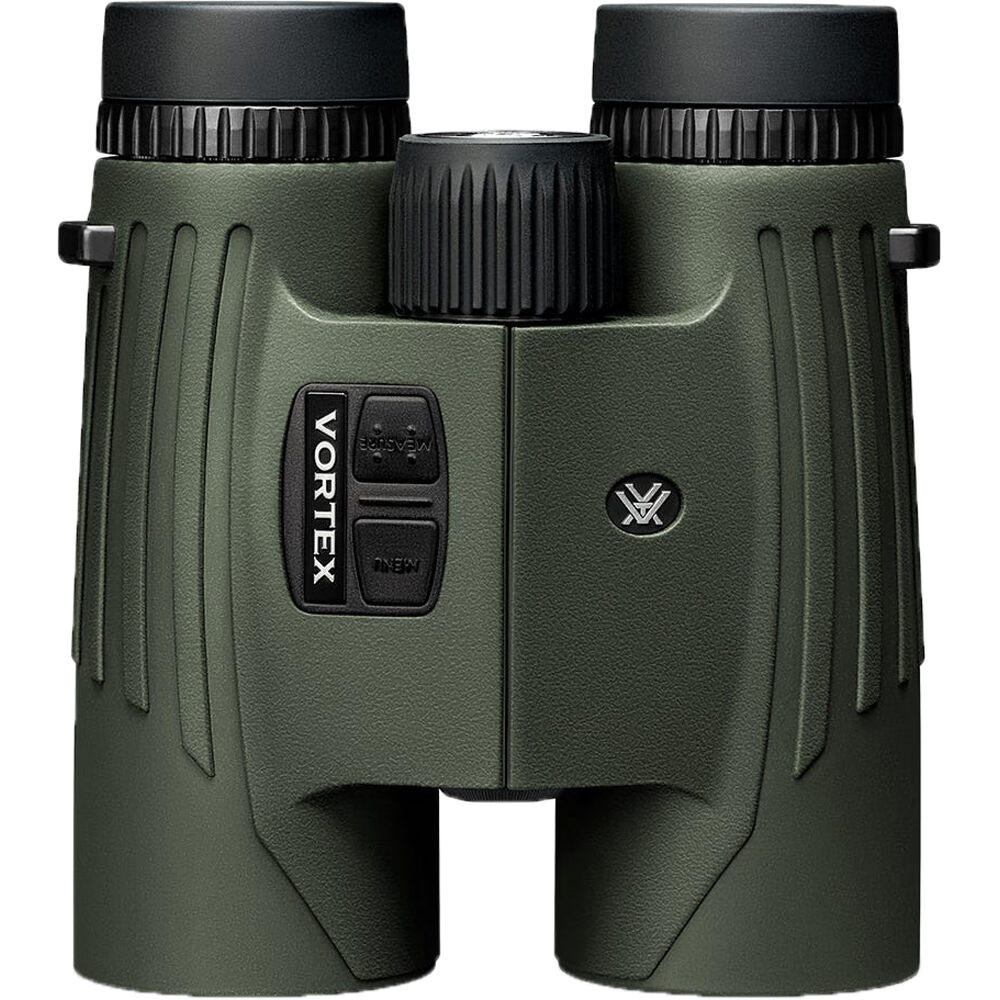
Final Thoughts
Choosing the best binoculars for birdwatching is a personal decision that depends on your individual needs, preferences, and budget. By understanding the key features discussed in this guide and trying out different models if possible, you can find the perfect pair of binoculars to enhance your birdwatching adventures and bring you closer to the fascinating world of birds.
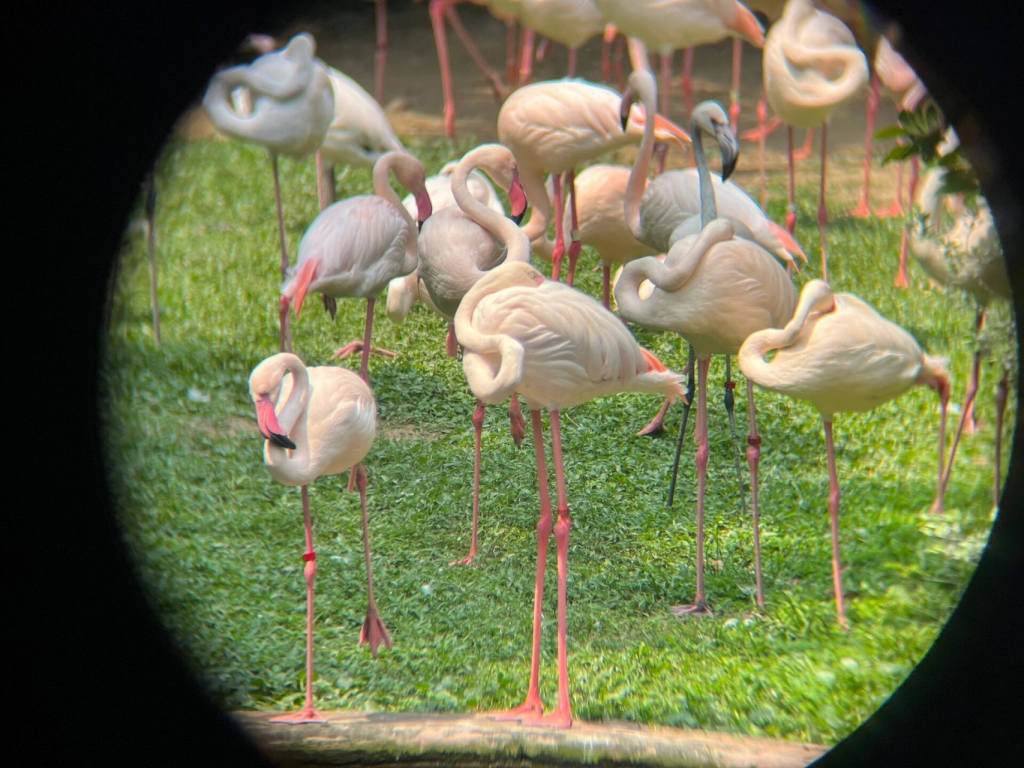
We hope these tips help you choose your favorite binoculars! If you have any further questions or ideas, please feel free to contact us for professional assistance.

